How a Trashed Italian Manuscript Got Sewn Into a Sweet Silk Purse
Book waste can be beautiful.
The purse is plenty pretty on the outside: emerald silk, embroidered with dainty yellow, purple, and peachy-pink blooms, arcing out of metallic vases. But things get more interesting when one pries the lustrous little parcel open. Between the seams and under the stitches, there’s something faded and faint, but unmistakable: a blue “Q” tucked between two stems, a stylized red “M” near one edge, rows and rows of tidy, brownish letters. In the belly of the bag, where one might expect just fabric, there is instead text—four parchment fragments, cut from a medieval manuscript.
Whoever made the bag, likely in Italy in the 17th century, started by deconstructing a volume and snipping the bifolia—the sheets of parchment that were folded to make the pages—into four tapered triangles. They stitched these together around the edges to form a little skeleton to build the rest of the bag around. The fragment is “an integral part of the purse itself,” says Jay Moschella, curator of rare books at the Boston Public Library, who recently acquired the object from Bernard Quaritch Ltd., a London dealer. The bits of bifolia wouldn’t otherwise be visible, but are here because the lining has gone missing. “It’s the non-decorative insides you weren’t meant to see,” he adds. “It looks fascinating now, but when it was produced, you would have had no idea that there was a fragment inside of it.”
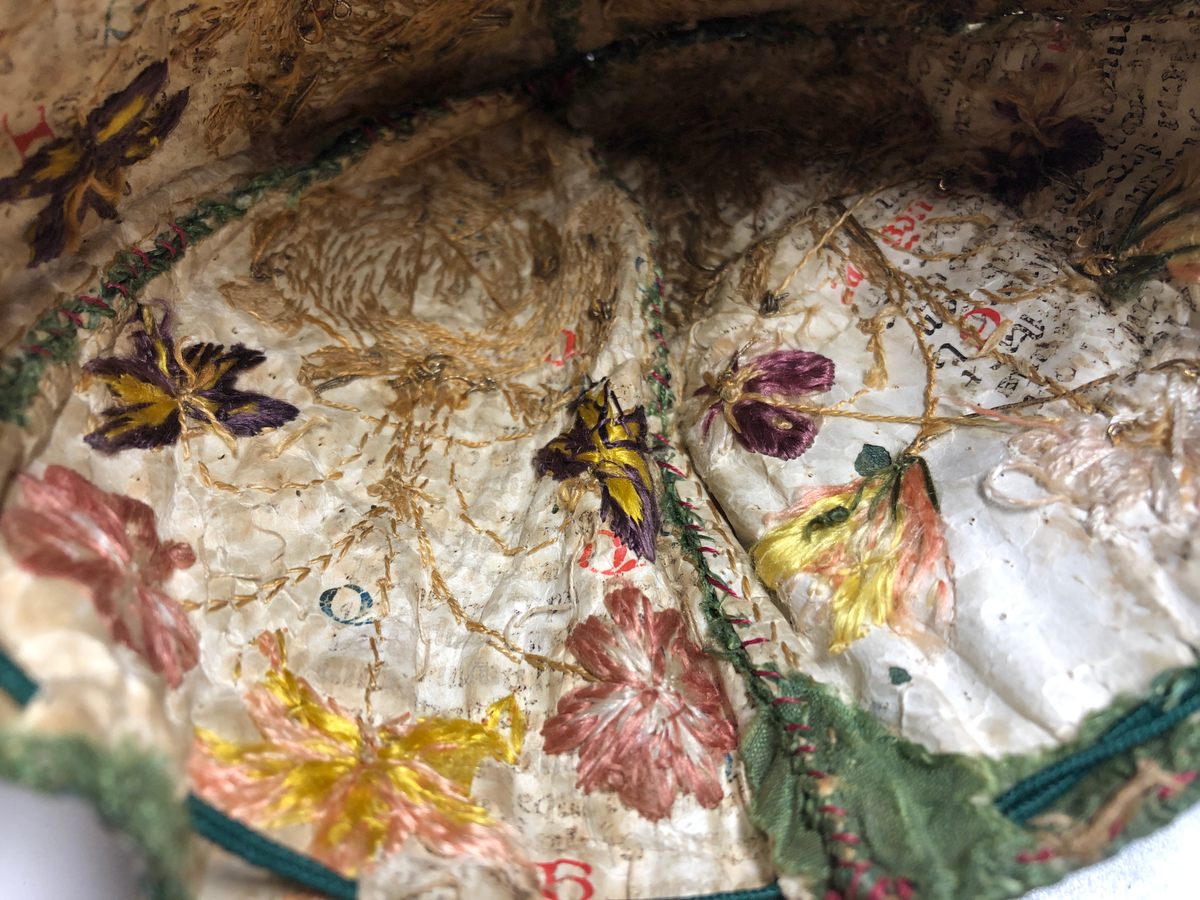
For centuries, pieces of printed material have turned up in all sorts of surprising places. New books were routinely bound with fragments taken from older ones, or with bits of manuscripts, sheet music, and assorted print-shop castoffs. This scrap material, known as book waste, was up for grabs for all sorts of reasons, from the mundane to the doctrinal. Repurposing it was a reasonable way to dispose of and reuse, say, old contracts. On a larger scale, it also made use of the material in monastic libraries that, after the Reformation, no longer had so many devoted readers.
Even if a religious schism stripped a volume’s value as something to be read, studied, or recited, its raw materials were still useful, Megan Heffernan, an English professor at DePaul University, has explained. Parchment, which is not paper but untanned animal skins, was “such an incredibly flexible and durable substance,” Moschella says. “That’s one of the main reasons that so many early books were cut up and dismembered—usually to use in other books, but for all kinds of purposes. It’s a very valuable and useful commodity.” And sometimes it could make for odd juxtapositions. Take the case of a 13th-century Norwegian manuscript that drew on Marie de France’s 12th-century verse about courtly and passionate love. Pieces of it wound up as the scaffolding for a bishop’s mitre, so a 16th-century Icelandic man of God unwittingly performed his duties with borderline-bawdy words floating above his head. “In these uses, [a text’s] previous existence as a book was a total afterthought,” Moschella says.
There’s much more to learn about this little purse, which measures about five by six inches. “We can only see so much of it, and we’ve only had it for a week,” Moschella says. Based on what he can decipher so far, Moschella surmises that while the purse seems to date from the 17th century, the text is much older. He believes it was probably part of a 14th- or 15th-century Italian breviary, a liturgical text that guided readers such as monks and clerics through daily prayers and hymns.
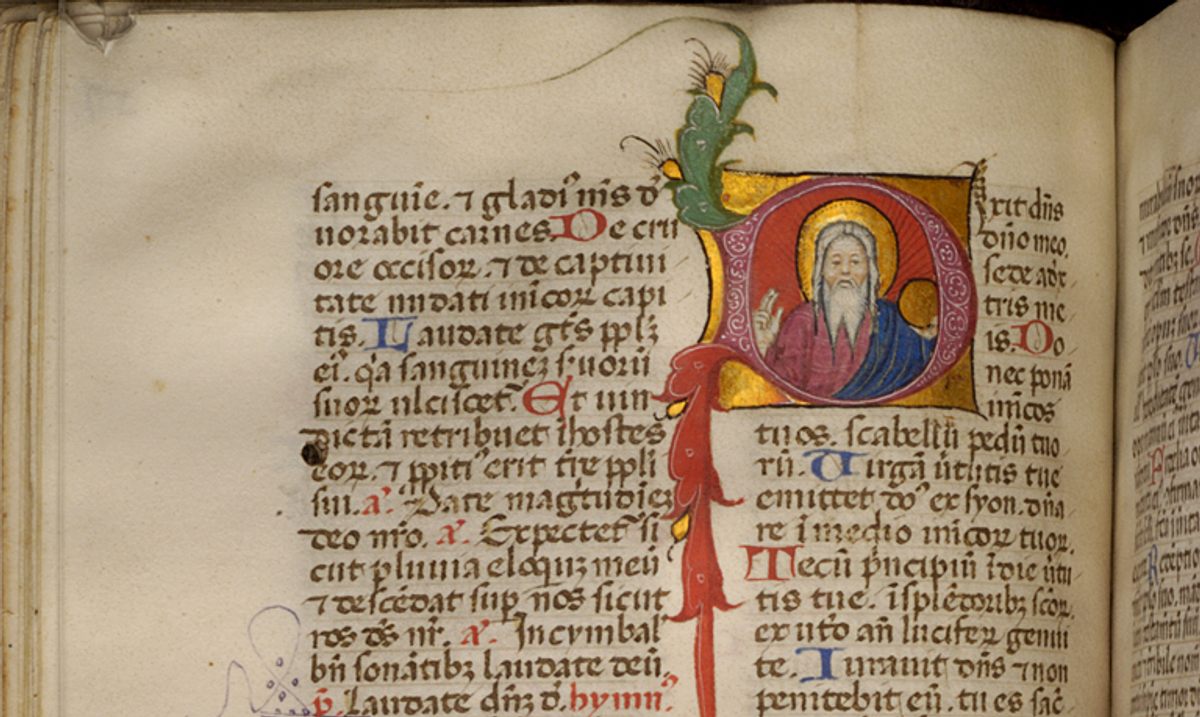
One hint was the style of handwriting, which can be a way to “very loosely date” manuscripts, Moschella says. Even though it’s faded, he adds, “you can see enough of it to get the main features.” This manuscript was written in rotunda, a rounded script typical of southern Europe. And based on the portions still legible, Moschella says, they might conclude that these are prayers that were pretty common and might appear in countless other old manuscripts. (Resources such as the Fragmentarium, a collaborative compendium of digitized fragments, sometimes make it possible for researchers to connect such scattered bits with their original sources.) More evidence that the manuscript was a breviary comes from “rubrics,” or little bits of red text that give readers instructions about what they should be doing during a service. “You can see some of those in this purse,” Moschella says. “Just tiny snippets of them.”
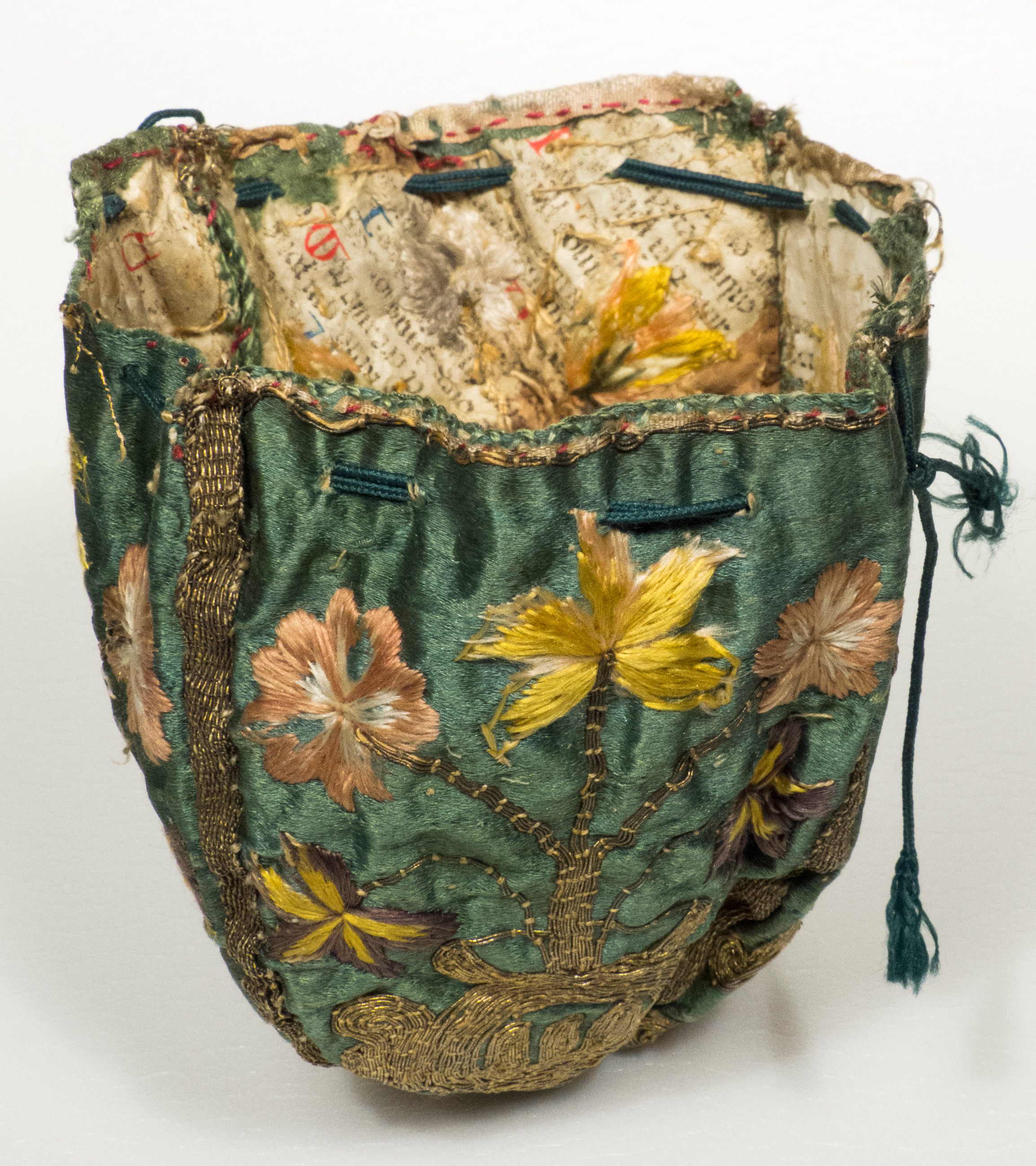
The Rare Books & Manuscripts Department at the Boston Public Library is currently closed for renovations. When it reopens in 2021, Moschella says, anyone will be able to wander in and ask for a glimpse of the purse with a hidden bookish streak. Libraries are archives of the written word, and maybe it’s fitting that that’s where this purse ended up. It’s an accidental archive of its own, preserving something that was never meant to be seen again.
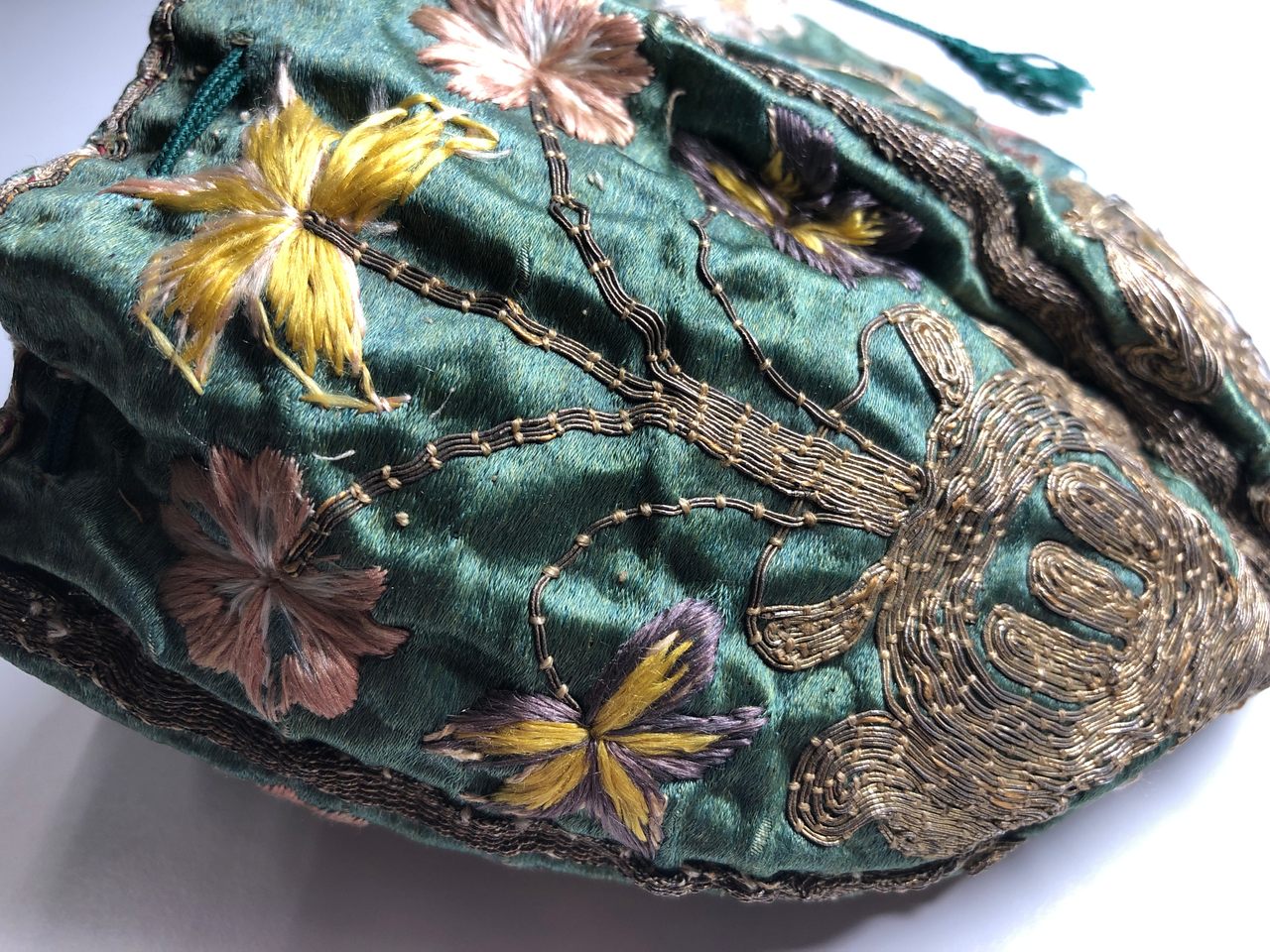


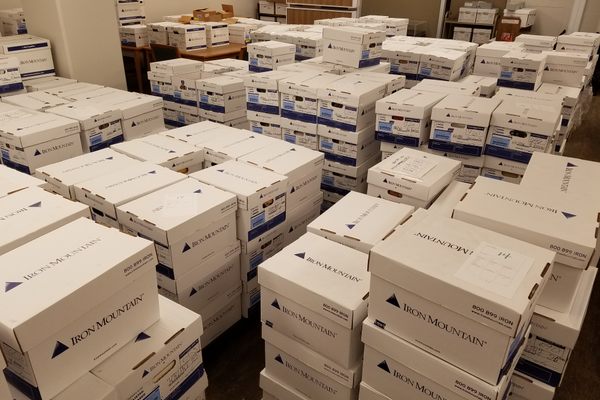
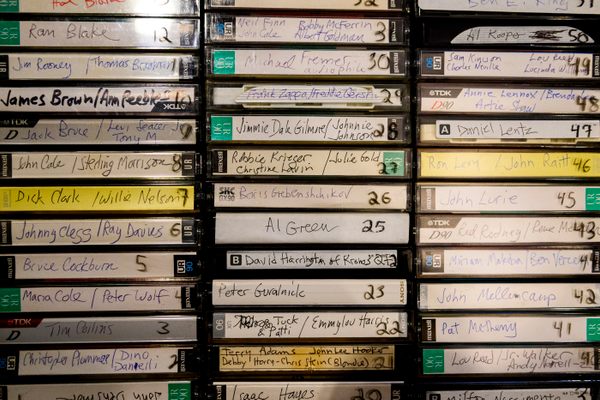






























Follow us on Twitter to get the latest on the world's hidden wonders.
Like us on Facebook to get the latest on the world's hidden wonders.
Follow us on Twitter Like us on Facebook